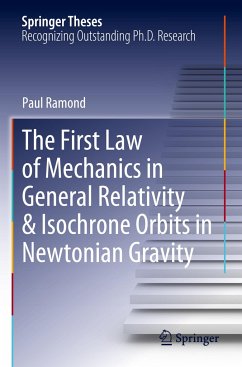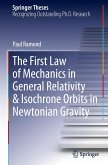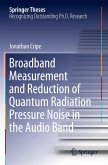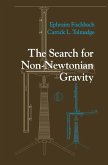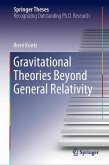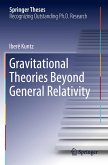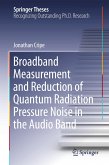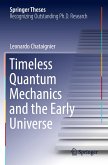The thesis tackles two distinct problems of great interest in gravitational mechanics - one relativistic and one Newtonian. The relativistic one is concerned with the "first law of binary mechanics", a remarkably simple variational relation that plays a crucial role in the modern understanding of the gravitational two-body problem, thereby contributing to the effort to detect gravitational-wave signals from binary systems of black holes and neutron stars. The work reported in the thesis provides a mathematically elegant extension of previous results to compact objects that carry spin angular momentum and quadrupolar deformations, which more accurately represent astrophysical bodies than mere point particles.
The Newtonian problem is concerned with the isochrone problem of celestial mechanics, namely the determination of the set of radial potentials whose bounded orbits have a radial period independent of the angular momentum. The thesis solves this problem completely ina geometrical way and explores its consequence on a variety of levels, in particular with a complete characterisation of isochrone orbits.
The thesis is exceptional in the breadth of its scope and achievements. It is clearly and eloquently written, makes excellent use of images, provides careful explanations of the concepts and calculations, and it conveys the author's personality in a way that is rare in scientific writing, while never sacrificing academic rigor.
The Newtonian problem is concerned with the isochrone problem of celestial mechanics, namely the determination of the set of radial potentials whose bounded orbits have a radial period independent of the angular momentum. The thesis solves this problem completely ina geometrical way and explores its consequence on a variety of levels, in particular with a complete characterisation of isochrone orbits.
The thesis is exceptional in the breadth of its scope and achievements. It is clearly and eloquently written, makes excellent use of images, provides careful explanations of the concepts and calculations, and it conveys the author's personality in a way that is rare in scientific writing, while never sacrificing academic rigor.

